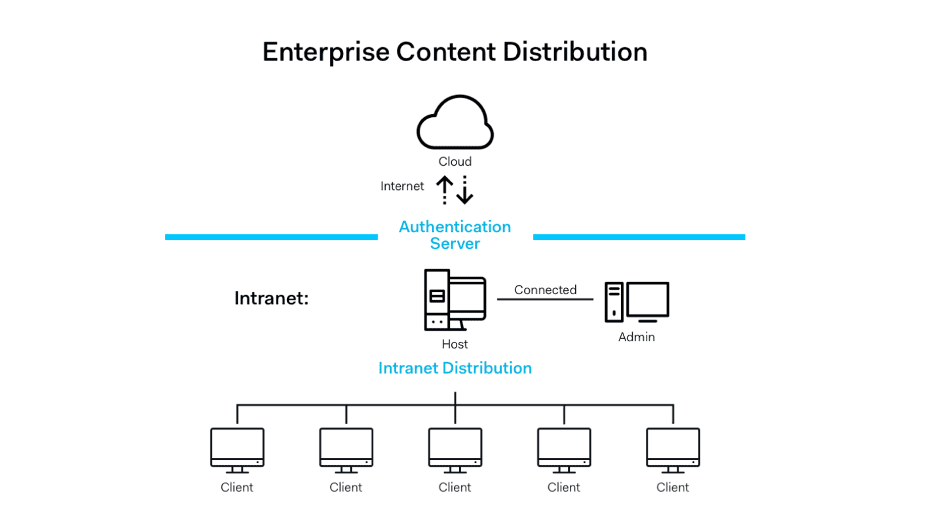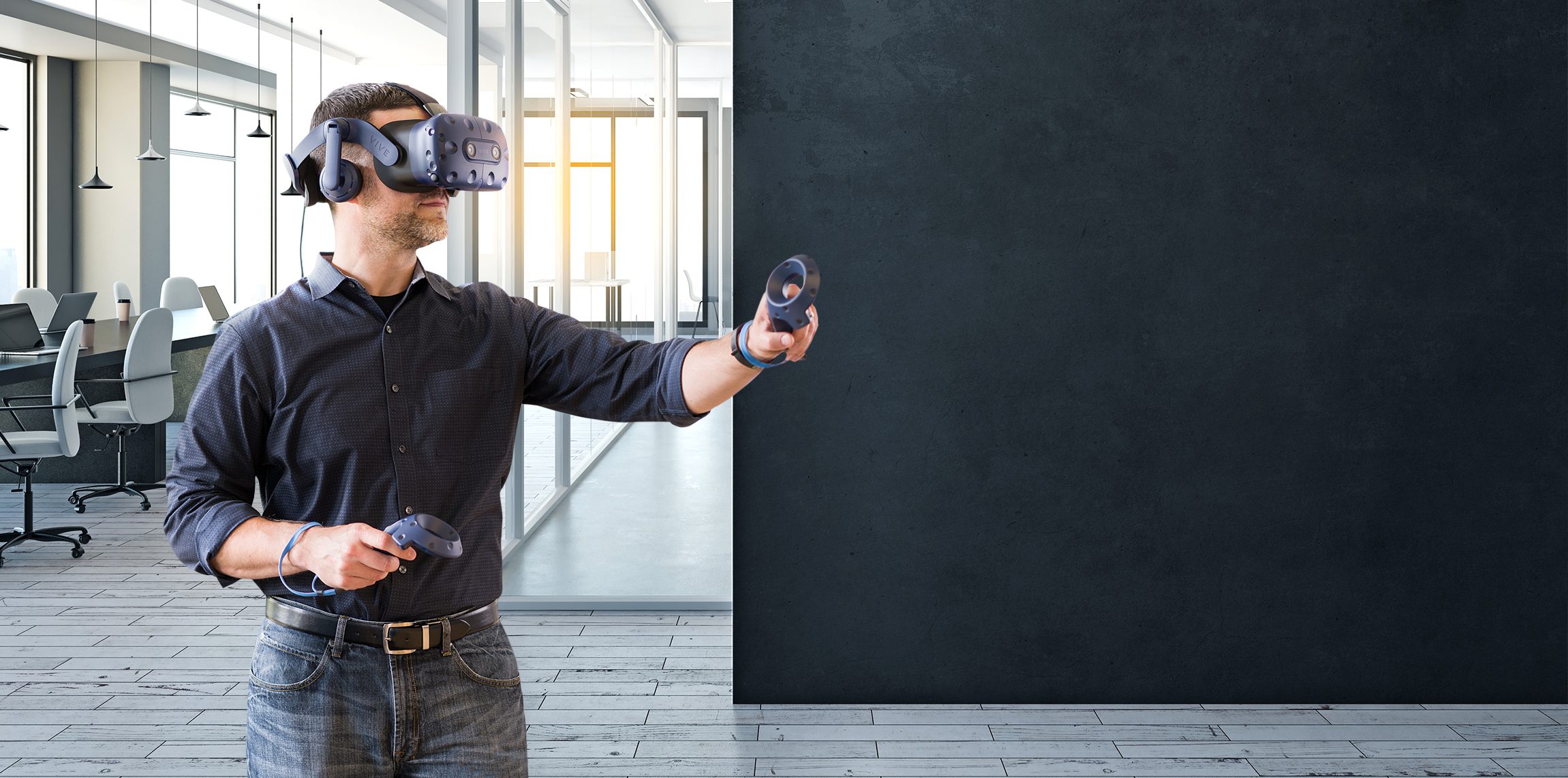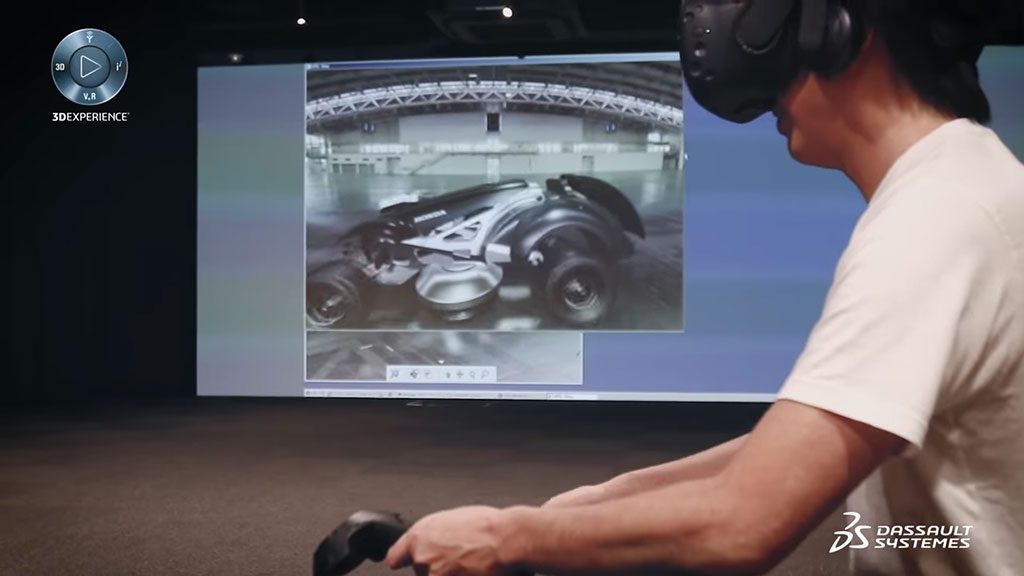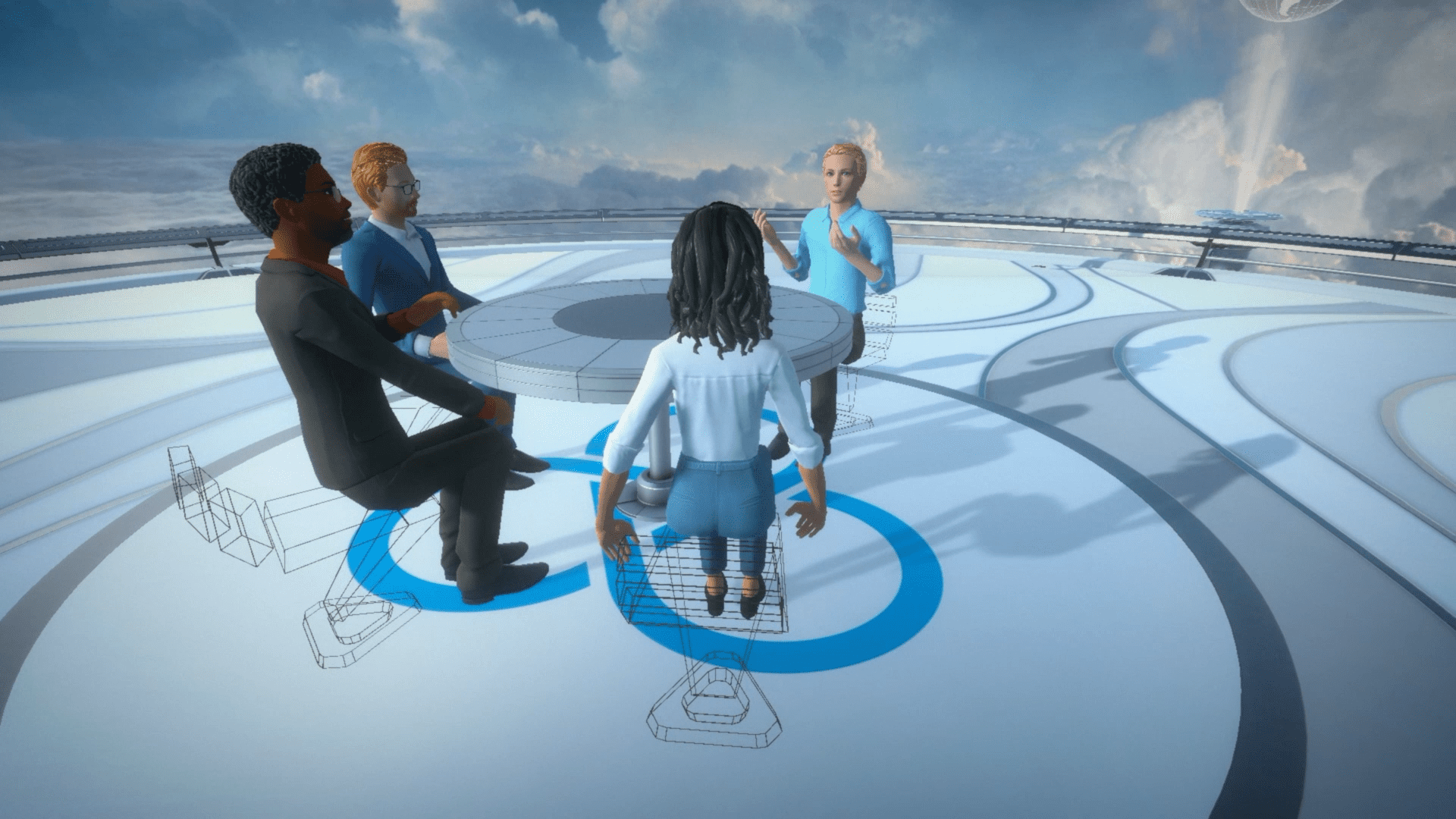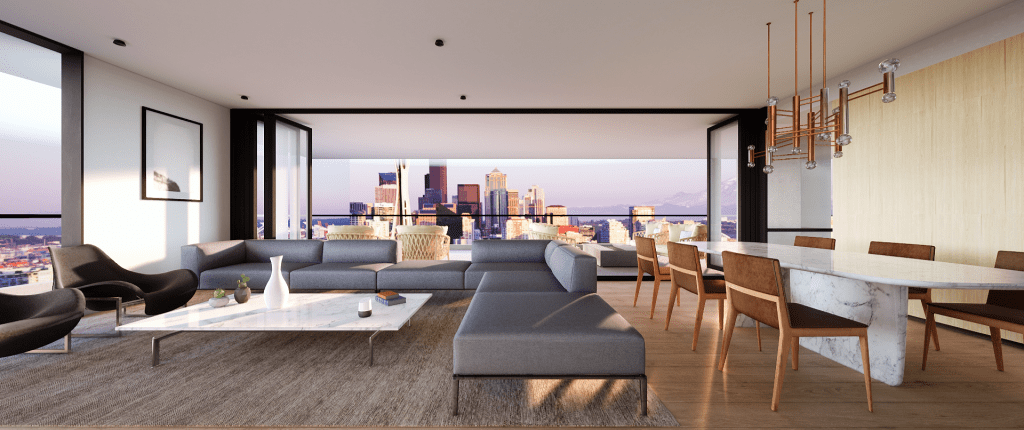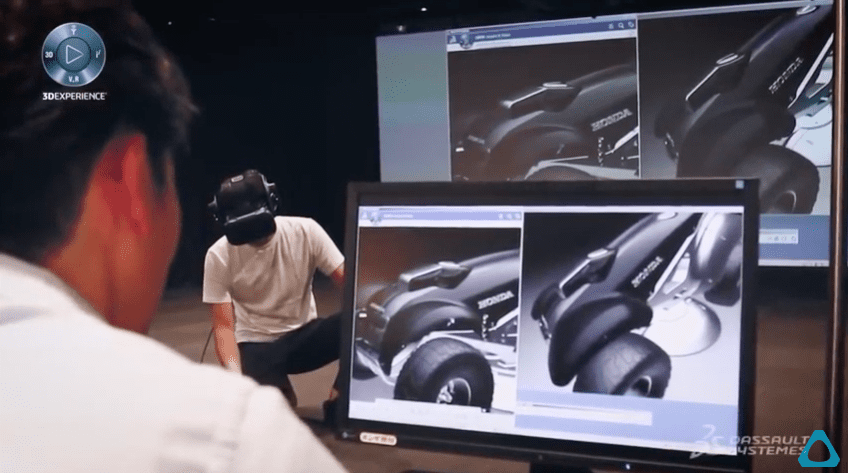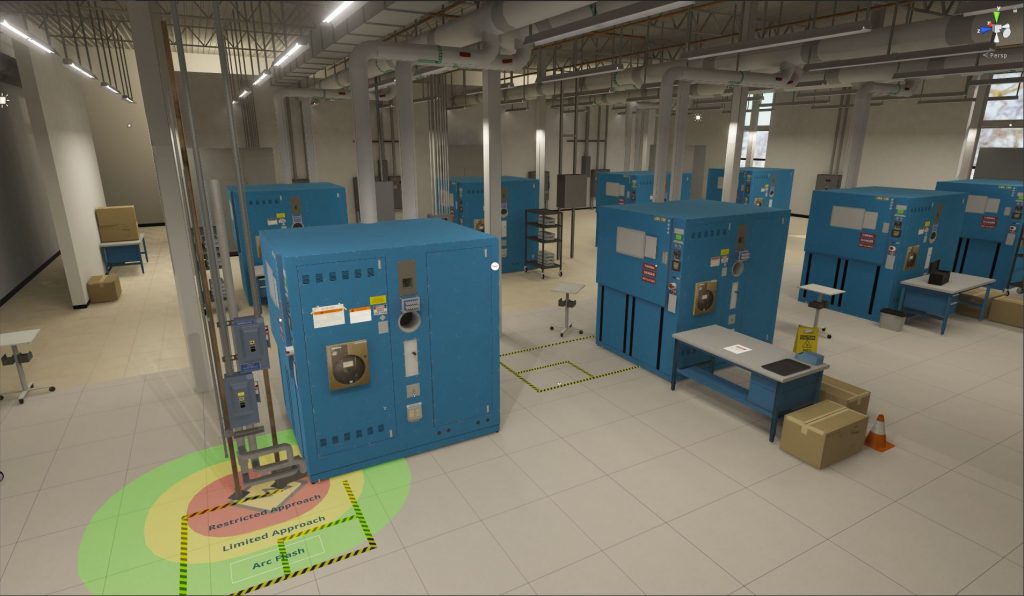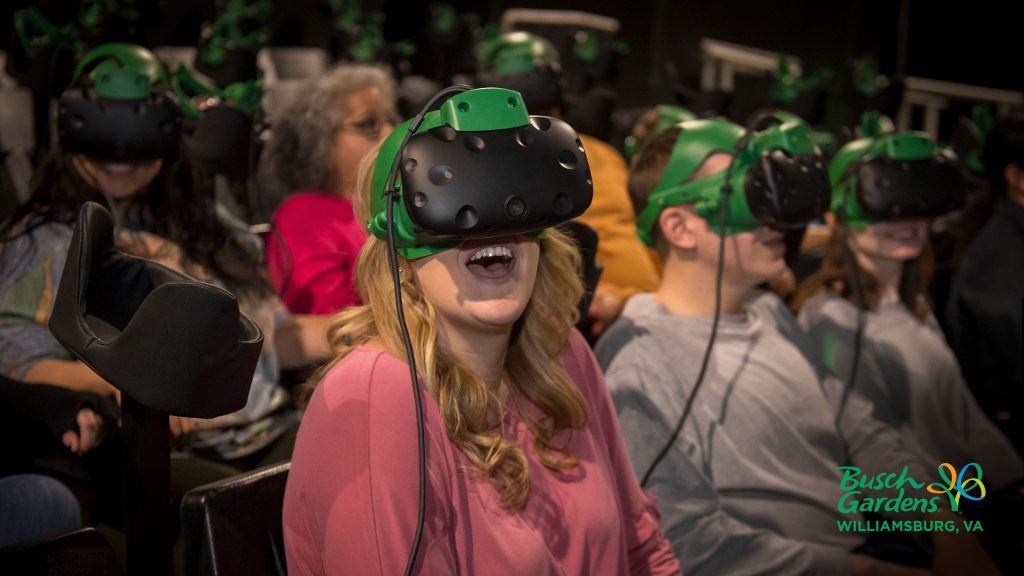Schlagwort: Enterprise VR
-

Ready to scale your company’s VR? Here are the tools to take it to the next level.
Reading Time: 2 minutesFrom education to entertainment, manufacturing to medical, training to design, and everything in-between, companies have realized the ROI of VR. Businesses of all sizes and across industries have accelerated their adoption of VR in the past year, and are getting ready to scale their VR networks as the global workforce becomes more…
-

Manufacturers Benefit From Simplified 3D Design Processes in VR Thanks to Dassault Systèmes and HTC VIVE
Reading Time: 3 minutesWith the goal of fundamentally changing how design concepts go from the mind’s eye to reality, HTC VIVE Pro teamed up with Dassault Systèmes. That objective is becoming even more important within complex technology and engineering verticals—as agility, responsiveness, and speed to market continually shift. Over the last four decades Dassault Systèmes has led the world in…
-

Technology – and VR – Evolves to be More Accessible and Collaborative
Reading Time: 2 minutesOver the years, technology has evolved to become more intuitive and easier to use. As companies today are quickly adjusting to the new norm of remote workforces, technology offers new ways to address the changing face of work, keeping teams and employees engaged, collaborative and productive. Right now, we’re witnessing how relatively…
-

Welcome to the Vive Sync Open Beta
Reading Time: 4 minutesBy David Sapienza, AVP of Content & Production at HTC VIVE It’s hard enough to achieve team cohesion when everyone works in the same office, but as a global company where teams are spread throughout the globe, it can be very challenging to maintain unity. A few years back we realized we…
-

Case Study: Virtual Home Tours are Changing the Way Buyers Shop for Real Estate
Reading Time: < 1 minuteReal estate developers face a unique challenge in their industry: How do you convince clients to invest in a property that doesn’t exist yet? While floor plans can offer a general outline, most people struggle to visualize their future purchase and develop an emotional connection to a new property from a…
-

Designing Products in Virtual Reality First is the Future, Here’s Why
Reading Time: < 1 minuteFor automotive design, creating a full-scale model is an integral part of the design process. With HTC VIVE Pro, Dassault Systemes designers, engineers and product managers are able to visualize and collaborate on virtual scale designs in real time without having to produce physical mockups. [youtube https://www.youtube.com/watch?v=TkGJw2t6vIw?feature=oembed&wmode=opaque&w=730&h=411] The immersive experience is key; the…
-

Case Study: Rinnai® America Increases Lead Generation by 50% With VIVE
Reading Time: < 1 minuteLearn how Rinnai’s collaboration with HTC Vive and Groove Jones improved lead generation by 50% year-over-year with the use of VR technology. [youtube https://www.youtube.com/watch?v=vvg6uG_V10E] Rinnai, the largest gas appliance manufacturer in Japan, is also the number one selling brand of tankless gas water heaters in North America. Tankless water heaters are…
-

Case Study: Intel Enhances Training With VR, Sees 5-Year ROI of 300%
Reading Time: < 1 minuteLearn all about how the tech juggernaut deployed a scalable, effective VR training solution with the help of VIVE Enterprise & Advantage. A look at Intel’s Virtual Electric Recertification Course. Why virtualize this course? Electrical accidents are considered one of the deadliest workplace accidents—only 1/10 of an amp is all it…
